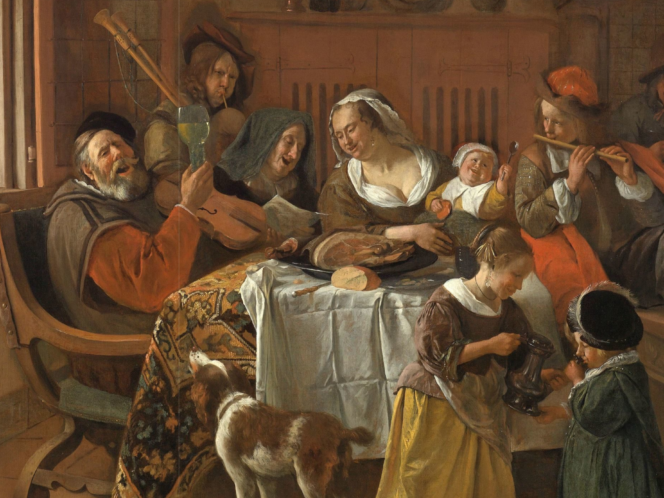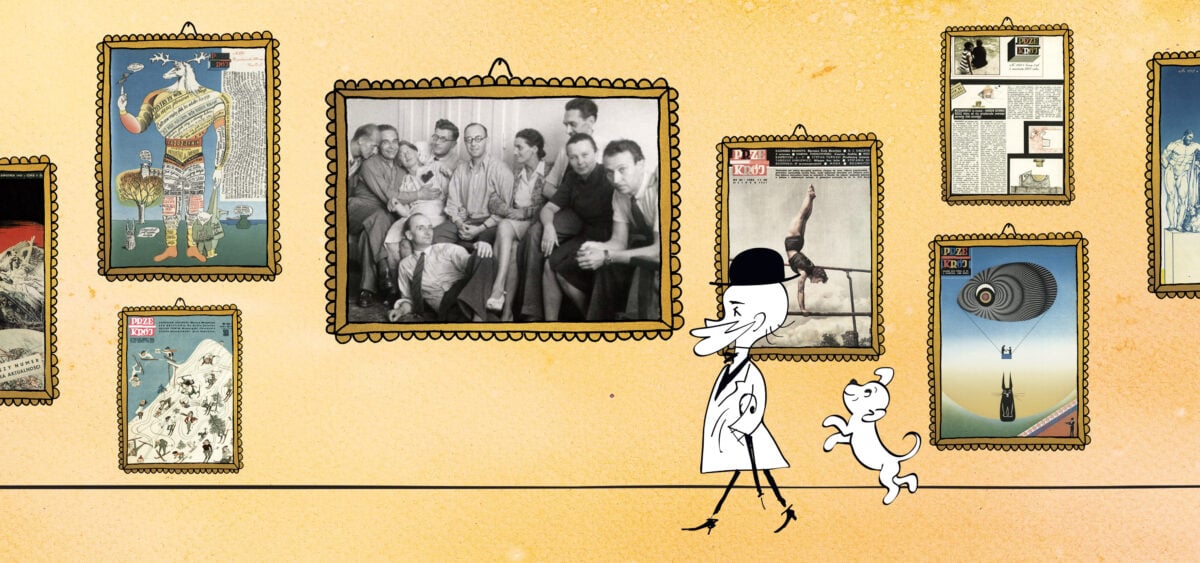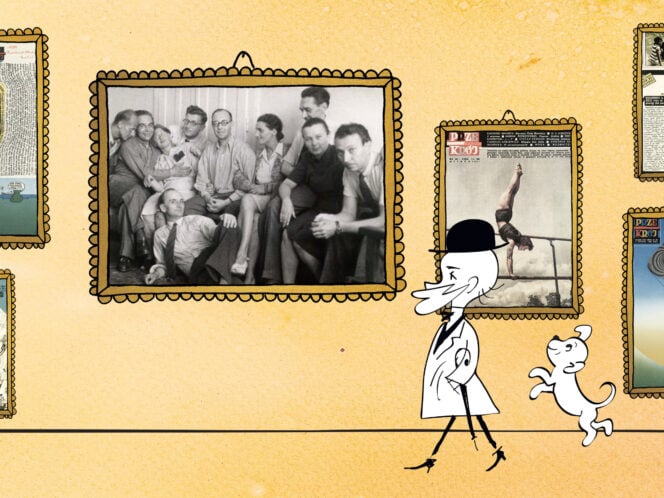
Throughout history, shared meals and sacred celebrations have been integral to our social fabric. They are part of what makes us human, providing a timeless link to that which is sacred.
In 2008, the initial findings of archaeological research in the Galilean cave of Hilazon Tachtit, which had begun three years prior, were published by Dr. Natalie Munro in the esteemed journal Proceedings of the National Academy of Sciences (PNAS). The highlight was the discovery of a “shaman’s grave”: the burial of a relatively short, ill woman who had died around the age of forty-five. In this and later publications, Dr. Munro—an archaeozoologist and anthropologist—employed ethnological methodologies which garnered significant media attention. The grave, dating back to roughly 10,000 BCE, is linked to the Middle Stone Age Natufian culture, which spanned from about 12,000 to 7,500 BCE in the Middle East. This culture is particularly intriguing for researchers as it provides evidence of the shift from hunting and gathering to agriculture, and from nomadism to settled living, all within a confined geographical area.
What, apart from the shaman, did Natalie Munro find in the grave? The complexity of the burial itself is striking—the pit was lined with polished shells, fragments of basalt, ochre, chalk, and flint. After the remains were laid, everything was covered over with ash, a layer of limestone, and topped off with a heavy stone. Most interestingly, however, the grave was filled with various animal bones: the pelvis of a leopard, the wing of an eagle, the tail of a cow, the front hoof of a wild boar, the skulls of martens, and eighty-six tortoise shells. The woman’s skeleton lay surrounded and partially covered by all of this.
However, the most fascinating aspect might be not the woman’s profession but rather the way in which she was laid to rest. In 2016, Dr. Munro and Professor Leore Grosman from the Hebrew University of Jerusalem attempted to reconstruct the funeral ceremony. In an article in the journal Current Anthropology, published by the University of Chicago, they identified six different stages—focusing particularly on evidence for an extraordinary, ritualistic meal that may have involved up to thirty-five people.
What Makes for a Celebration?
Thanks to Natalie Munro’s “shaman,” we








